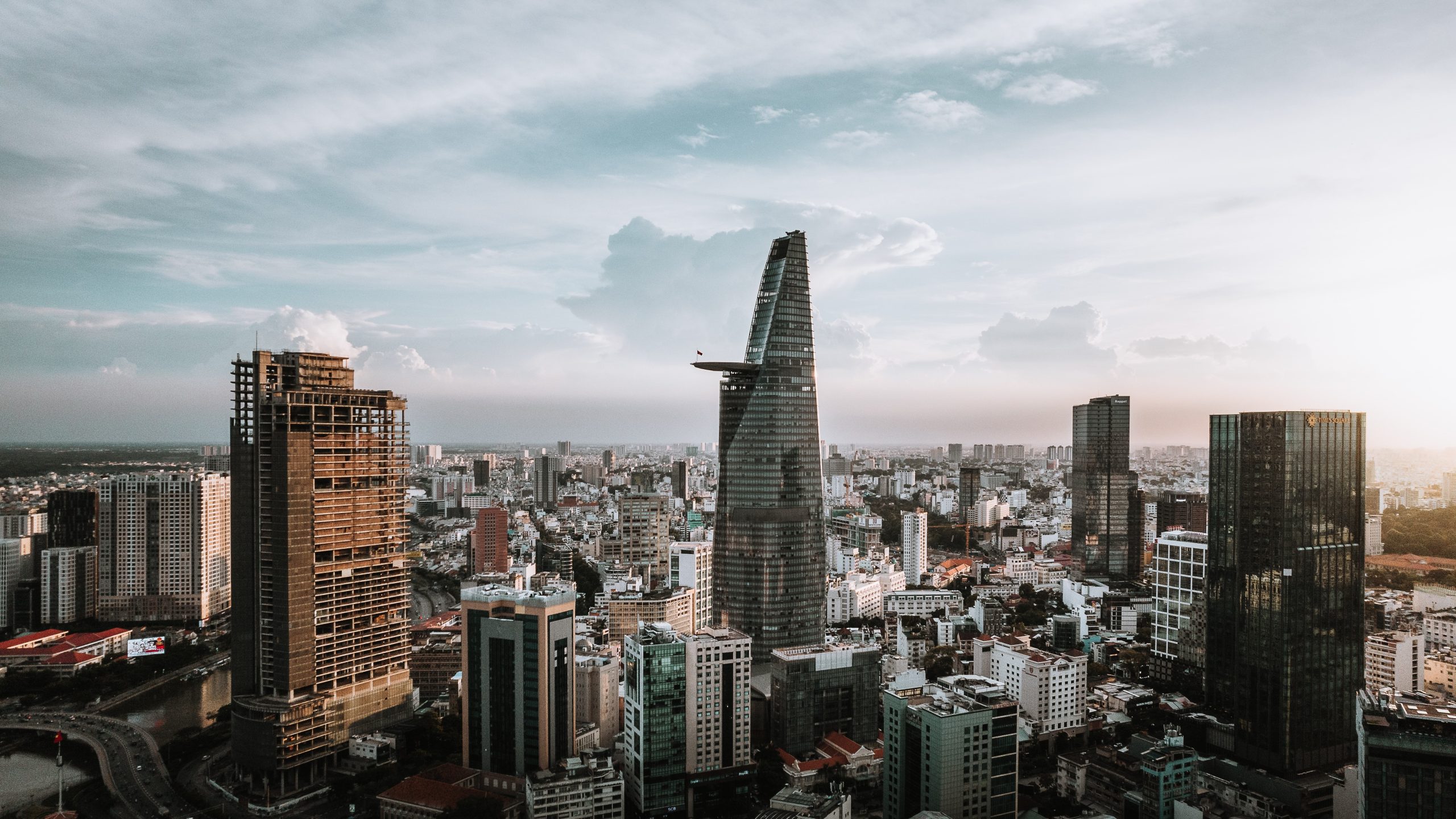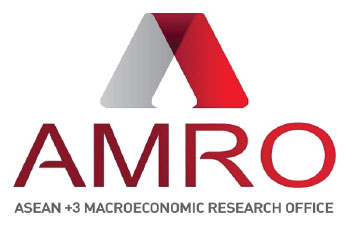
Vietnam’s exports have grown exponentially over the past two decades. Its total exports of goods reached around USD 283 billion in 2020, increasing by more than 50 times since it joined the Association of Southeast Asian Nations (ASEAN) in 1995. Alongside this growth, Vietnam’s exports have also diversified and become more sophisticated. Since 2013, the share of machinery, transport, and equipment—including mobile devices—to total exports has surpassed that of other manufactured and primary products, both of which used to dominate the country’s exports in the 1990s and 2000s.
As Vietnam strives to emerge from its lower middle-income status, it faces both opportunities and challenges to transition from simple assembly production to more complex higher value-added manufacturing, “moving up” from its current position in global value chains (GVCs).
Before COVID-19, Vietnam had already reaped benefits from a tense global trade environment and an aggressive pursuit of free trade arrangements (FTAs) to expand the demand for its exports. Even when the pandemic disrupted supply chains and closed international borders in 2020, Vietnam managed to beef up its exports, reaching a five-year high trade surplus. Strong fundamentals, along with proactive containment policies, unsurprisingly saw the continued flow of foreign direct investment (FDI) to the economy, although lower than pre-pandemic levels.
Our recent study suggests that strong FDI inflows is one of the key factors behind Vietnam’s economic transition to manufacturing, leading to a stronger GVC participation over the years. An increasing presence of multinational companies—such as Samsung, Honda, Microsoft, IBM, and many others—provided Vietnam the opportunity to specialize as a final assembly hub using foreign-sourced intermediate inputs.
An examination of Vietnam’s annual export growth and GVC participation reveals that these are driven by FDI companies and their import-export activities. Unfortunately, this also implies that local companies do not participate in GVCs as much, partly because many of them do not yet possess the skills and capabilities to produce the quality inputs required by multinational companies.
How can Vietnam continue to attract FDI and enhance its participation in GVCs?
Vietnam’s ability to continue—and improve—its attractiveness as a hub for FDI in the post-pandemic era should not be taken for granted. The “push-and-pull” factors that have enabled Vietnam’s success in attracting FDI and plugging into GVCs are constantly evolving. On the one hand, authorities must sustain policy efforts to improve the business environment to help Vietnam maintain its advantages. These include proximity to key regional markets, a relatively skilled workforce, and fast-expanding FTAs—all of which will help the economy upgrade its GVC participation.
On the other hand, some factors could weaken over time or change abruptly. For example, while increasing wages in China and other regional economies have pushed many manufacturers to relocate to Vietnam, the economy’s edge in affordable skilled labor is gradually dissipating as wages increase faster than labor productivity.
Additionally, the pandemic-induced rapid digitization of production and technology-enabled global supply chains may soon diminish any cost advantage, especially in the labor-intensive industries. The ongoing global supply chain restructuring, which was boosted by the US-China trade tensions and has intensified further during the pandemic, is also increasing the global competition for FDI. Vietnam is competing with many other favorable locations elsewhere in Asia, as well as in emerging Africa and Europe.
Trade and production under COVID-19 continue to evolve, so Vietnam’s strategic policy responses should always be flexible, vigilant, and well-planned. While containing the pandemic must be the authorities’ highest priority at the moment, crafting or enhancing policies to attract future FDI and move Vietnam up the GVCs need not wait until COVID-19 pandemic is over. The amended Labor Code, which came into effect in January 2021, is one of the many steps in the right direction.
Policy support to upgrade Vietnam’s role in GVCs
Vietnam, like many economies in ASEAN, needs greater policy efforts to address several structural constraints to take better advantage of the pandemic-induced reconfiguration of GVCs and allow the economy to move up the value chain. For example, strengthening domestic production capacity and supporting industries will enable local firms—and all other segments of the economy—to establish stronger linkages with the FDI sector, allowing broad-based benefits of GVC participation, like faster technological progress and productivity spillovers.
The increasing inflows in service FDIs in recent years, such as in information and communications technology, retail and finance, and those catering to the growing domestic market, provide new opportunities for Vietnam to participate in higher-value and more complex GVC activities.
Vietnam’s relatively young population also holds great potential for the country to become a powerhouse of skilled professionals that can attract more sophisticated FDI activities. However, leveraging this abundance of human capital would require firm and resolute reforms, such as an upgrading of the educational system and other vocational programs. This, along with many other structural improvements, should start immediately.
Vietnam has been remarkably successful in attracting FDIs to leverage on GVCs to grow its economy. To climb the GVC ladder and upgrade its participation successfully, Vietnam needs to continue to push on with its economic reforms through a well-coordinated, long-term strategy. Continued reforms are crucial not only to upgrade Vietnam’s position in the GVC but also to enhance its domestic long-term growth potential, steering the post-pandemic recovery toward a more sustainable and balanced development.
